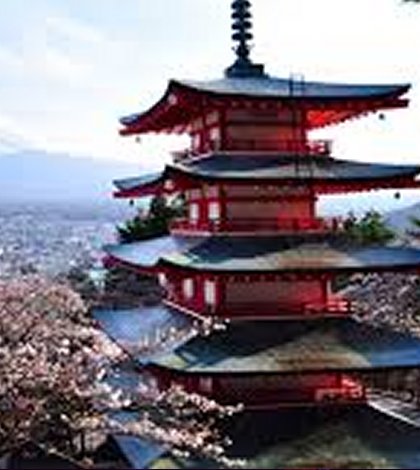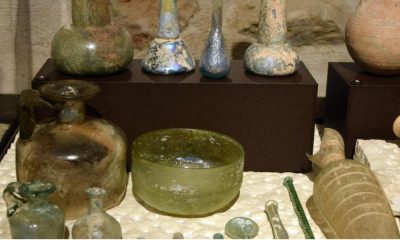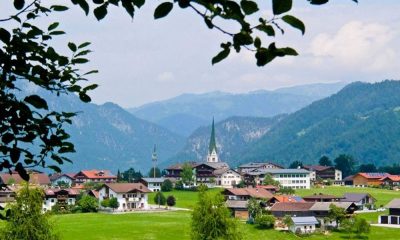The world is full of colours, traditions, diverse culture with myriad hues that combine to induce an inexplicable sense of wanderlust! Travelling is based on individual interest driven by a quest to explore the unknown, and memorise the unseen. Travel to Japan is not just full of surprises but even contradictions.
A country where the past graciously meets the future, where the ancient co-exists with the modern and futuristic, Japan has a wealth of many known and unknown cultural and societal traditions that are intriguing and perhaps even alarming (to some at least).
Your first impression of Japan will be a country that has striking contrasts and paradoxes. An open mind and a handy cam will serve you well on your trip to this ‘Land of the Rising Sun’. Japan’s geographical location at the outermost edge of Asia, has contributed immensely in shaping not just Asia’s but its own millennia old history.
As confluence of cultures weaves themselves in the existing fabric of Japan’s own, the product is nothing less than striking and at times stupefying. With everything from Sumo wrestling to samurai warriors, Zen temples to love hotels, reproduction of Eiffel Tower to modern shimmering buildings and from traditional Kimono wearing Japanese women to Geisha girls, to Zen gardens, to traditional tea ceremonies and Cherry blossoms – Japan is a freely flowing river, gurgling down the stones, and impediments at its own pace, in its own time. These juxtapositions mean that you will rarely be bored in Japan!
History and Culture
It is not unusual to initially feel out of place in a strange country where people speak a strange language! So, somewhere between the graceful politeness of their manners, the occasional boisterous exchange of notes over a few drinks, the tall futuristic looking skyscrapers co-existing with shanty homes of the poor, the sanitised shopping arcades with dazzling lights, the beautiful Zen temples and the religious chanting, the unexpected festivals, and the many rituals deeply rooted in superstition and religion, you are bound to find your very own vision of this island.
According to the records, the very first traces of Japanese civilisation lead us to the 5th century, but archaeological evidence is only 500,000 years old. Emperor Jimmu, of 7th century, is known to be the founder of the present Monarchical lineage and the first Japanese state to be established was Nara and the empire later spread to Kyoto and Kamakura until the country’s anarchical revolution in 15th century. It was in 1600 that Tokugawa re-united the country and founded the feudal state of Tokugawa Shogunate having the capital Edo (modern day Tokyo). The feudal ruler imposed a strict caste system and ruled the country with the help of his samurai warriors, not allowing for any social mobility.
Then in 1854, U.S. Commodore Mathew Perry arrived in Yokohama with his fleet of Black Ships, forcing the ruler to open his country for trade with the west. The resultant chaos led to the collapse of the Shogunate and in 1867, Japan dived headlong into a drive for modernising and industrialising the country and as a result began to expand its territories and colonizing its neighbours, which led to the catastrophic WWII.
Time of Visit and Things to See
With over 98% of the population ethnically Japanese and reputed for their impeccable manners, you will be always welcomed wherever you go. They are very helpful to foreigners and are not very comfortable dealing with foreigners and you may find them reserved and unwilling to communicate.
Spring or March-May is the best season to be in Japan. That’s when the cherry blossoms enthral everyone with their beauty and colours. But from 29 April – 7 May, which is the Golden Week, Japanese are on holiday and you may find all the popular travel destinations teeming with domestic tourists. Another great time to visit Japan would be in autumn or September-November; the temperatures are balmy and autumn colours are vivid and fantastic. Do consider the fact that accommodation during the Golden Week, New Year, and midsummer O-Bon festival can be problematic.
Japan has two major airports, Narita Airport near Tokyo and Kansai Airport near Osaka, though almost all cities have domestic airports. What makes your trip to Japan more pleasant is the fact that the country boasts of one of the best transport systems in the world! The Japan Rail Pass is an excellent way to see the country. Japan is made up of four main islands Hokkaido, Honshu, Shikoku, and Kyushu; Hokkaido is in the northeast, Honshu is the largest and includes Tokyo and Osaka-Kyoto. Honshu is also the seventh largest island in the world, Shikoku and Kyushu in the south and southwest.
As said before, Japan is a wonderful mix of the ancient and the modern, and Tokyo, the capital, is the best example. While the city is huge, you should start your sightseeing at the Kabukiza Theatre and then move on to the Imperial Palace. An imposing structure set amidst sprawling lawns, it has an impressive moat and an incredibly beautiful East Garden. The Asakusa-Kannon Temple is a crowd puller! This Buddhist complex is approachable via a colourful shopping street and located across the river is the brilliant Ryogoku Edo-Tokyo Museum and the National Sumo Stadium. The other places of interest in Tokyo are Tokyo Tower with excellent views of the bay and the sci-fi architecture on the reclaimed island of Rainbow Town (O-daiba). The twin towers of the Tokyo Metropolitan Government Building reach northwards in a heroic attempt to touch the sky and are now an iconic feature of the Tokyo cityscape.
Nikko (two hours drive north of Tokyo) is home to the amazing Toshogu Shrine complex where the founder of Japan’s Tokugawa Shogunate now rests in peace. The coastal town of Kamakura has many historic sights, as it was the seat of feudal power in medieval Japan including the giant bronze Great Buddha, vivid Hachimangu Shrine and scenic Enoshima Island. A not be missed sight is that of the foreboding Mount Fuji – Japan’s highest mountain at 3776 metres tall, and the Fuji Five lakes, and the hot springs. You can also conquer Mount Fuji if you find your self in Japan during high summers.
There are many many more places in Japan, which are worth visiting, and capturing in your mind! A small country with a large heart and an even larger depth in diversity and architecture Japan is truly the land of the beautiful dawn!





















